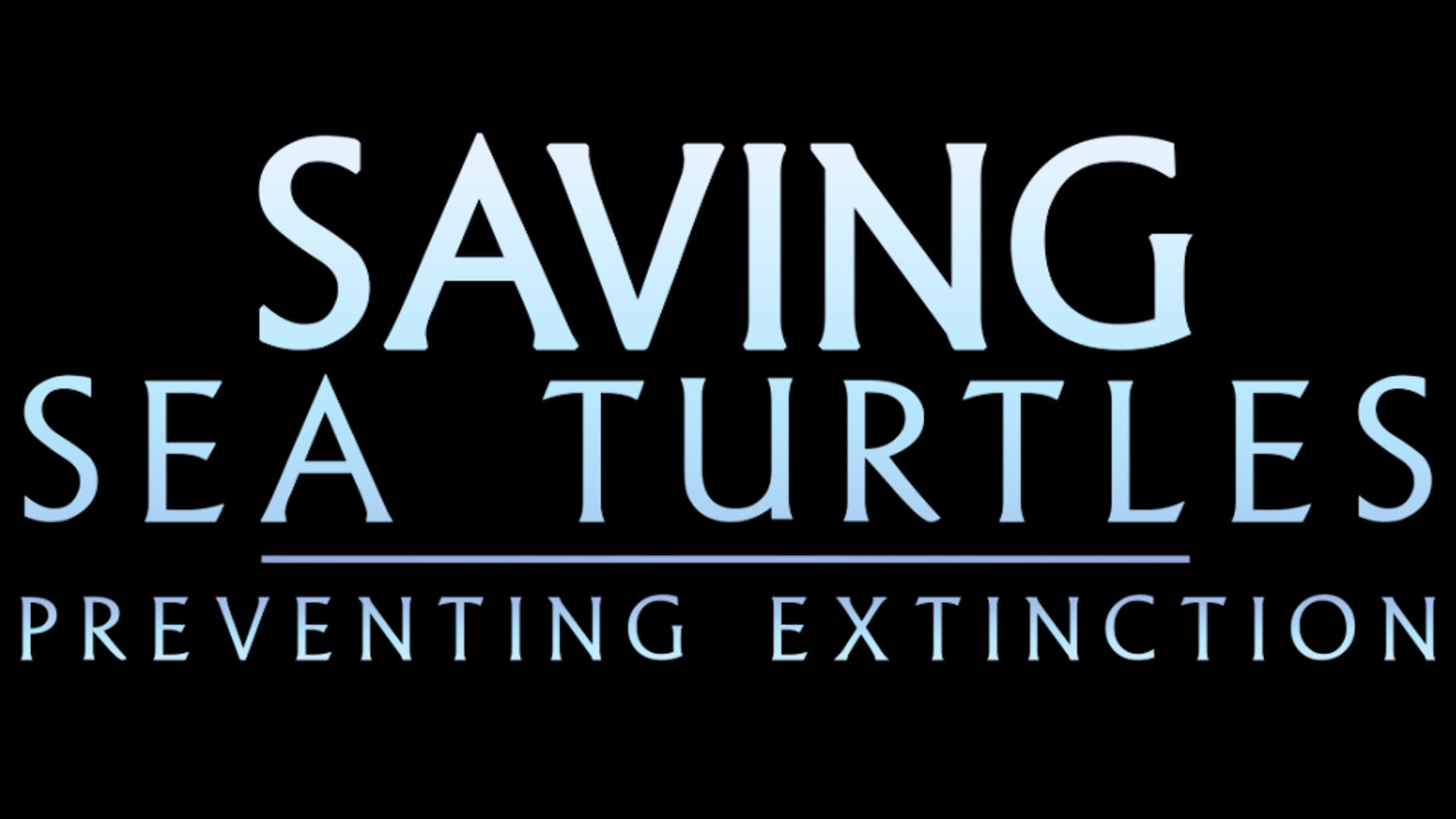A FILM ABOUT HEROISM & THE CIRCLE OF LIFE
Kemp's Ridley
Lepidochelys kempii
Having been on the planet for over a hundred million years, outliving the dinosaurs, nearly all of the seven sea turtle species are now on the brink of extinction due to human causes. The world’s smallest and most critically endangered sea turtle, the Kemp’s Ridley, may still face extinction in the next 50 years. This is the true story of courageous and compassionate people from New England to Mexico who are determined to save this ancient species.
Every year, during the bitter cold of November and December, sea turtles are stranding on the bayside beaches of Cape Cod, Massachusetts, a majority of them the Kemp’s Ridley. In 2014, a record-breaking season erupted with over a thousand sea turtles washing up cold-stunned and virtually lifeless. In a race against time, these sea turtles need to be rescued quickly or they will die.
A 3,000 MILE VOYAGE
The Kemp’s Ridley sea turtle can make a voyage as epic as the monarch butterfly, traveling over 3,000 miles from their nesting beaches in Mexico and Texas to Cape Cod, Massachusetts. They have even been found as far north as Ireland and the Netherlands. This is a once in a lifetime journey for juvenile Kemp’s Ridley sea turtles that travel through ocean currents. Many will head south once colder temperatures arrive and live the remainder of their lives in the warm waters off the Gulf Coast of the United States and the Gulf of Mexico.
TRAPPED IN CAPE COD BAY
Cape Cod juts out 65 miles into the Atlantic Ocean, trapping sea turtles migrating south when waters cool and days get shorter. Within the bay of Cape Cod lie two additional traps, disorienting sea turtles who are unable to navigate out of the Bay. With the continuous arrival of cold fronts and stronger winds, the sea turtles' bodies begin to shut down. Cold-stunned, they eventually wash up on the bayside beaches of Cape Cod.
What does it take to rescue stranded sea turtles? Passionate people who find meaning in saving sea turtles. They are often volunteers, who in the worst conditions, brave near freezing temperatures, ferocious winds and ice pellets to search for sea turtles after every high tide, whether during midday or at 3 in the morning.
COLLABORATION & VOLUNTEERISM
Ensuring the survival of an endangered species requires the collaboration and volunteerism of many who are willing to work long hours together, especially during times of crisis. During the 2014 sea turtle stranding season, the New England Aquarium Animal Care Center was beyond capacity, creating a backlog of sea turtles waiting for treatment and forcing a major relief effort to evolve. The Mass Audubon Wellfleet Bay Wildlife Sanctuary, the New England Aquarium Animal Care Center and the National Oceanic and Atmospheric Administration (NOAA) took coordinated action to rescue, rehabilitate and release these ancient sea creatures back into the wild. The United States Coast Guard and the General Aviation Community assisted in transporting hundreds of these endangered sea turtles to numerous marine institutions in over 10 states outside of Massachusetts who aided in rehabilitating and releasing these stranded sea turtles. 24 of the sickest sea turtles from the 2014 sea turtle stranding season would later be released by the New England Aquarium Animal Care Center in collaboration with the Georgia Sea Turtle Center in Jekyll Island, Georgia.
THE NEED TO PROLONG THE LIFE OF THIS SPECIES
The ultimate goal for everyone involved is to see these sea turtles released back into the wild and contribute to the population growth of their species. Showing up in Cape Cod as juvenile Kemp’s Ridley sea turtles, it will take at least 8 to 10 years before female turtles mature and travel back to their nesting beaches in Mexico and Texas.
With their fate and future unknown, teams of Biologists from Mexico and the United States are working together to prevent this ancient creature from becoming extinct.
In 1965, at the age of 61, Ila Loetscher was recruited by Dearyl Adams in Brownsville, Texas to begin protecting Kemp’s Ridley sea turtle nests and hatchlings at their main nesting site in Rancho Nuevo, Mexico. She became the first person in the United States and maybe even the world to begin rehabilitating injured sea turtles. She later formed Sea Turtle Inc. that to this day continues to rescue, rehabilitate and release injured sea turtles on South Padre Island in Texas.
In 1978, the Instituto Nacional de Pesca of Mexico, the U.S. National Park Service, Fish and Wildlife Service, and National Marine Fisheries Service and the Texas Parks and Wildlife Department formed the Kemp’s Ridley Bi-National Restoration and Enhancement program to protect nesting beaches in Tamaulipas, Mexico and reestablish nesting beaches on Padre Island National Seashore in Texas. Since 1981, as requested by the U.S. Fish and Wildlife Service, the Gladys Porter Zoo has worked jointly with their Mexican colleagues to protect and increase the production of Kemp’s Ridley sea turtles in Tamaulipas, Mexico. The Kemp’s Ridley bi-national project is one of the longest bi-national projects, Mexico, U.S., in existence.
The research that has been accumulated over the last 37 years from this program has had a significant impact on the preservation of the Kemp’s Ridley sea turtles.
HUMAN ACTIONS KILLING THEM
Beyond the individual, community, national and international efforts to rescue these sea turtles, the human interest to save and protect this species is pitted against the human actions that are killing them. With the aftermath of the BP oil spill, the warming of ocean temperatures, pollution of coastal waters, shoreline development, ongoing poaching, with some in the fishing industry now sewing up their turtle excluder devices, the verdict is still out on whether the Kemp’s Ridley sea turtle will survive as a species. All of the actions that are being taken in the United States, Mexico and around the world must continue for this ancient species to survive.



